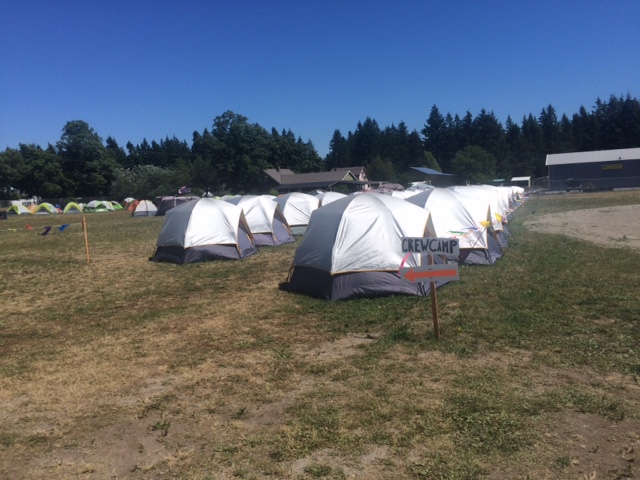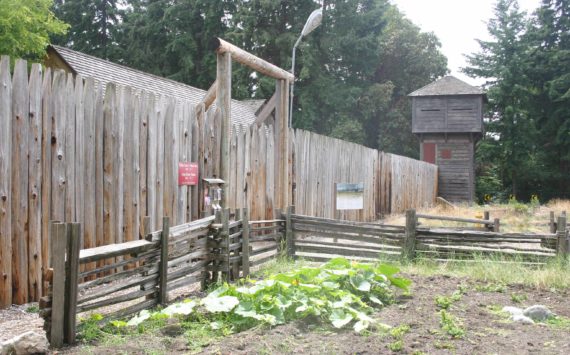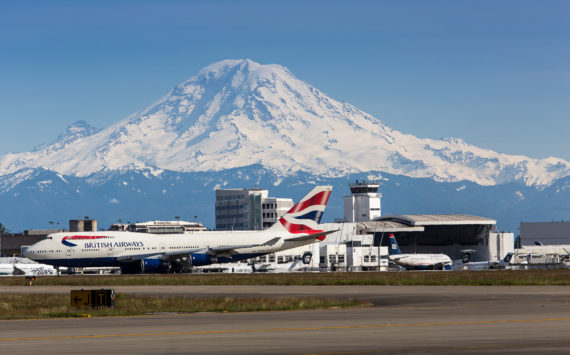Local and DNR crews set up training camp in Rainier
By David Guest
Tacoma Daily Index editor
RAINIER — There was no fire. Not a real fire, anyway. But more than 300 firefighters set up camp at Rainier High School the past two weeks, acting like there was one.
Tents were pitched on the school’s empty ball fields, command trailers parked near classrooms and the mobile kitchens and bathrooms cranked out hot meals and hot showers. The next time this camp is set up, the fires will be for real.
The Western Washington Interagency Wildfire Training Academy allowed rookie and veteran firefighters from multiple agencies to train together, live together, eat together and dig fire lines together. The academy is a joint exercise involving the state Department of Natural Resources, the U.S. Forest Service and local fire districts, and is vital to ensuring that the state is prepared for a summer wildfire season that is always volatile and hard to predict.
According to the Office of the Commissioner of Public Lands, last year’s deadly fires throughout the state cost the lives of three Forest Service firefighters, $167 million in state funds, burned over one million acres and destroyed hundreds of homes and other structures.
“We’re preparing for a difficult fire season,” said lands commissioner Peter Goldmark, who leads DNR. “While Washington has had a wet spring, we’ve already seen this fire season’s potential. That’s why it’s crucial to train with our many partners to be able to safely fight wildfire across the state.”
The Western Washington academy included both classroom and field training, creating an opportunity for crews to work with a variety of firefighting equipment, ranging from modern trucks and radio gear to the standard hoe and shovel.
More than 500 wildfire fighters also conducted similar training in Deer Park, Spokane County, while an additional training camp was held at the Army’s Yakima Training Center in May. The state DNR can deploy more than 1,200 full-time and seasonal firefighters to aid local and U.S. Forest Service crews anywhere in the sate, and if needed, will travel to fires throughout the western U.S.








